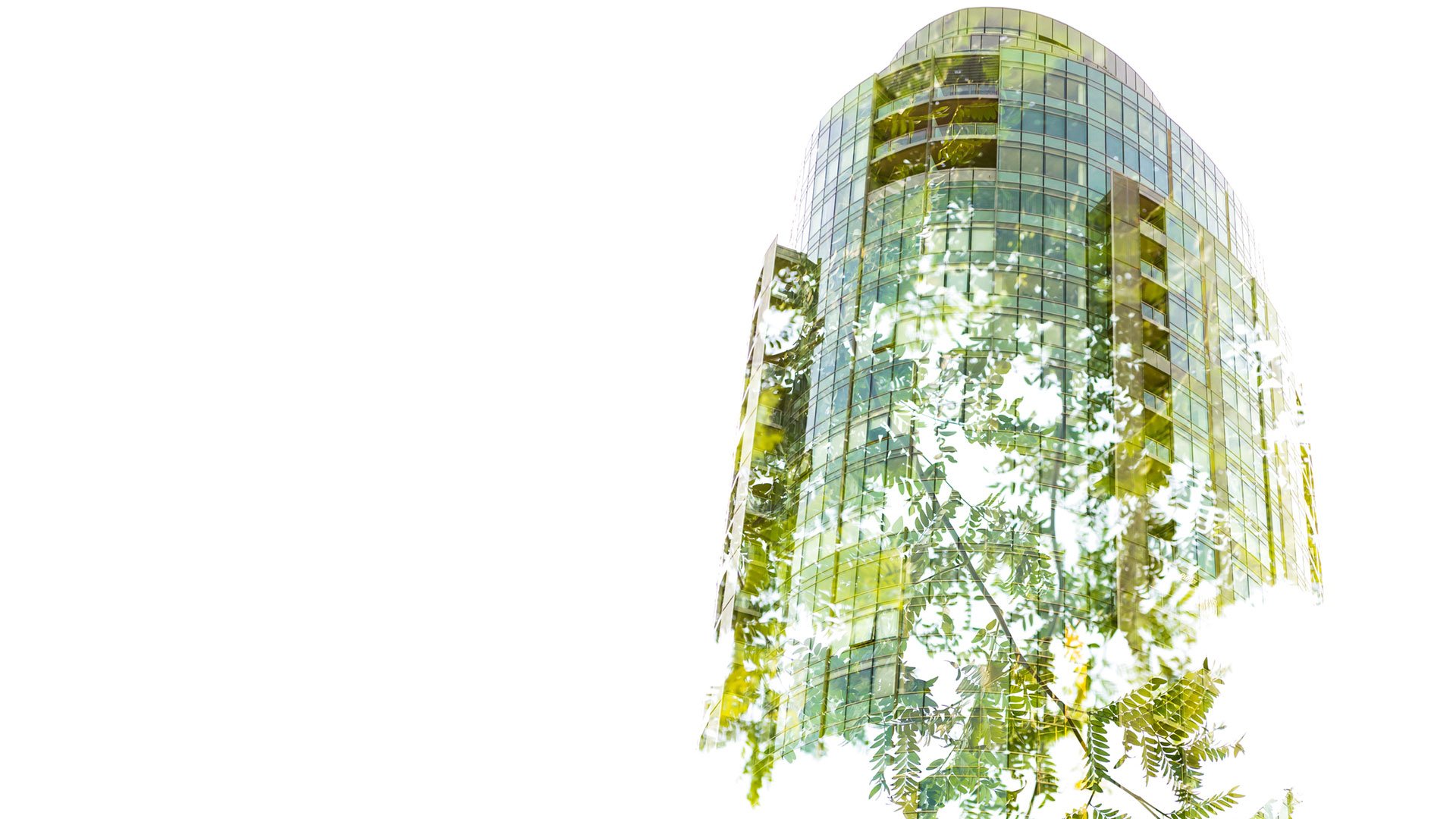
Vol: 43 Issue: 4 | Dec 2021
The COVID-19 upheaval has left many people pondering the question: what will our future workspace look like?
The changing view of traditional work practices during the pandemic, coupled with the environmental considerations now given to newly built homes and offices, means green buildings will play a big part in the answer.
Also known as sustainable or high-performance buildings, green buildings champion energy efficiency, the use of eco-friendly materials and a reduction in greenhouse gas emissions.
The Green Building Council of Australia rates the sustainability of buildings through the Green Star system, which assesses the sustainability attributes of a project through ‘impact categories’. Buildings are awarded credits for each initiative judged to improve their sustainability performance.
The credits are then tallied up and converted into a certified Green Star rating.
Green buildings are rising in popularity, with software company Atlassian recently announcing plans to build the world’s tallest hybrid timber building in Sydney.
The 40-storey tower will generate 50 per cent less carbon during construction and consume 50 per cent less energy while in operation than a conventional building.
Green building features and materials in high demand include water-efficient plumbing fixtures, self-healing concrete and organically coated steel for use in ‘smart’ buildings.
NEW GREEN BUILDING MATERIALS, NEW RISKS
While the idea of green buildings has obvious appeal, as highlighted in the 2020 Swiss Re SONAR report, a lack of experience with new and more sustainable materials poses fresh risks for the insurance industry.
Since green construction is relatively new, its long-term effects are still unclear and more needs to be done to better understand how such materials are made and maintained for long-term use.
Based on previous experience, some of the more concerning elements include the underperformance of products, non-compliance with building standards, structural deficiencies, indoor pollution, leakages, moisture, mould and deterioration.
For example, water used for cooling and irrigation may lead to leakages in the run-off system and the possibility of mould growth, while popular green materials such as wood are also more sensitive to moisture, water or infiltration.
Another example is the construction material called drywall — also known as plasterboard. During the 2000s, drywall panels imported from China were used extensively in new home builds in the United States.
Unfortunately, they created increased moisture, causing respiratory illness and headaches due to the emission of sulphur. And we all know the tragedy of London’s Grenfell Tower blaze in 2017.
The rapid spread of the fire is alleged to have been mainly caused by the high-risk aluminum composite material panels used in the building’s refurbishment.
CONSTRUCTION EXPERIENCE KEY
When it comes to the installation of green building materials, it is important that the contractor has the knowledge and experience for proper installation, as well as ongoing maintenance.
Although some materials are considered eco-friendly for the construction process, they might be harmful when it comes to maintenance or demolition of the building.
Swiss Re has seen one claim example where the use of recycled crushed concrete caused problems for a contractor’s liability claim when the product was found to contain a high level of asbestos.
COMPLEXITIES IN CLAIMS
One solution suggested in the SONAR report is that insurers start offering coverage for green building upgrades to cover the expense of upgrading a building to gain or regain green building certification after a green event.
‘Failure to achieve a Green Standards labelling, for example planning / supervision error, construction failure or product defect, or losing a Green Standards labelling during operation of the building due to product defects may trigger liability claims, for example, due to a reduced property value,’ the report notes.
‘The cleaner the roles and responsibilities, the smaller the effort needed to achieve, maintain and enforce standards.’
Another example of green buildings adding a new layer of complexity to the claims handling process is when home owners seek out incentives based on the assumption they will qualify for certain ‘green’ credits.
But if the building is unable to qualify, who would be left to foot the bill?
Buildings that are green certified may require additional costs to ensure that repairs are sufficient to return the building back to that level of certification, so it’s important to be cautious if requested to provide a guarantee.
Insurers should be wary of attempts to shift faulty workmanship or product guarantees into product liability covers.
It is pleasing to note that green buildings and more environmentally sustainable construction are a fantastic trend for climate change mitigation.
However, for (re)insurers to efficiently support the transition to green construction materials, a robust framework with clear responsibilities is essential in order to achieve, maintain and enforce standards and good practice.
Being well informed and prepared is important in order to ensure that while the construction industry turns green, the insurance industry does not end up in the red.
HOW THE (RE)INSURANCE INDUSTRY IS SUPPORTING THE TRANSITION TO GREEN CONSTRUCTION
- Decennial liability insurance / inherent defect insurance to cover long-term risks associated with the new construction methodology and materials.
- Product liability insurance to cover unknown alteration / impact on humans and the environment.
- Increased use of risk engineering services to assess the risk and understand the potential long-term impact.
- Extended warranties that cover, for example, performance of solar panels over the lifetime cycle. There is scope for the policy to have a double trigger whereby payment is made only if the performance drops below a certain level and if the company would become bankrupt due to the warranty payments. Therefore, it’s paramount that the client is willing to share in-depth long-term performance data and quality control procedures.

Comments
Remove Comment
Are you sure you want to delete your comment?
This cannot be undone.